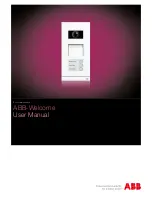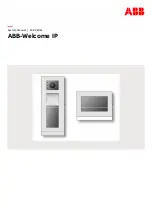
© Sealevel Systems, Inc.
- 13 -
SIO4-104.232 User Manual
Appendix C – Electrical Interface
RS-232
Quite possibly the most widely used communication standard is RS-232. This implementation has
been defined and revised several times and is often referred to as RS-232-C/D/E or EIA/TIA-232-
C/D/E. It is defined as “
Interface between Data Terminal Equipment and Data Circuit-
Terminating Equipment Employing Serial Binary Data Interchange
”. The mechanical
implementation of RS-232 is on a 25-pin D sub connector. The IBM PC computer defined the
RS-232 port on a 9 pin D sub connector and subsequently the EIA/TIA approved this
implementation as the EIA/TIA-574 standard. This standard has been defined as the “
9-Position
Non-Synchronous Interface between Data Terminal Equipment and Data Circuit-Terminating
Equipment Employing Serial Binary Data Interchange”
. Both implementations are in wide
spread use and will be referred to as RS-232 in this document. RS-232 is capable of operating at
data rates up to 20K bps / 50 ft. The absolute maximum data rate may vary due to line conditions
and cable lengths. RS-232 often operates at 38.4K bps over very short distances. The voltage
levels defined by RS-232 range from -12 to +12 volts. RS-232 is a single ended or unbalanced
interface, meaning that a single electrical signal is compared to a common signal (ground) to
determine binary logic states. A voltage of +12 volts (u3 to +10 volts) represents a binary
0 (space) and -12 volts (-3 to -10 volts) denote a binary 1 (mark). The RS-232 and the EIA/TIA-
574 specification define two types of interface circuits
D
ata
T
erminal
E
quipment (
DTE
) and
D
ata
C
ircuit-Terminating
E
quipment (
DCE
).
The Sealevel Systems Adapter is a DTE interface.




































